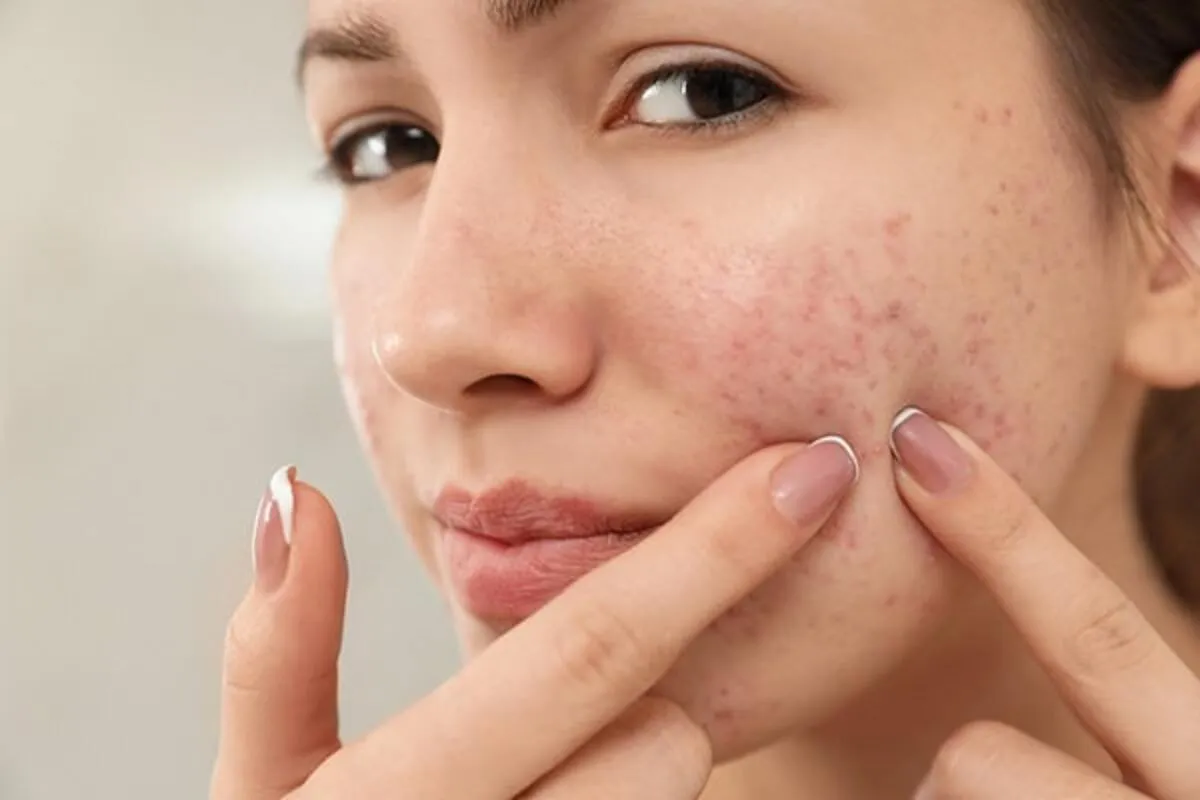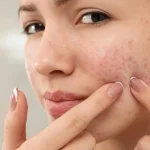If you have been suffering from acne for some time, you will know how difficult it is to get rid of acne when the condition is so bad that it causes you to be self-conscious about your appearance. Acne can be particularly severe during your teen years, although some people experience it into their twenties and thirties. Unfortunately, there is little that can be done about acne once it has started. However, there are a number of things that you can do to relieve the pain and try and prevent further acne breakouts.
One of the easiest ways to treat the pain and inflammation associated with acne is to apply ice packs. Ice, when applied to the skin, has been shown to reduce swelling and inflammation in several ways. Icing also works by reducing inflammation in more inflammatory types of acne. These include: pustules, cysts and nodules.
Applying ice packs to your face is an excellent natural remedy for treating and reducing the swelling of pimples and other skin blemishes. The ice is applied to the area of pimple development using a small ice cube kit that you may already have. It is important to make sure that the ice is extremely cold and that you apply it carefully so as not to damage your skin. Some people prefer to put some honey on the ice before applying it, because honey has anti-bacterial properties that can help to kill the bacteria on the skin which cause acne.
When using the ice pack method, it is important to treat pimples that are deep within the skin. This means that if the pimple has only just started to swell, you should not apply ice to the pimple. Applying ice to swollen pimples will only make the pimple worse, causing it to become infected and therefore more painful and swollen. You should therefore wait until the pimples have begun to heal before you begin treating them using ice.
You can also use ice as a natural remedy for curing cystic acne. If you have a severe form of acne, then ice may prove ineffective, as it is not normally used to treat this type of acne, but if you try it in accordance with the instructions on the box it can help to reduce redness and inflammation. Cystic acne is often accompanied by pustules and papules, and if you apply ice to these pimples you may find that they shrink and become less noticeable. This is a good way to prevent new pimples appearing in the future. Applying ice to the cystic area once or twice daily for about 20 minutes each time can also stop new pimples developing on the spot where you have applied the ice.
When you have finished applying the ice pack, you should rinse your face thoroughly with warm water. To prevent the ice from damaging your skin or causing further irritation, you should gently pat your skin until the ice has disappeared from your face. Do not rub the ice off your skin, because this can further irritate the acne and cause it to spread. After rinsing your face with warm water, you should pat it dry with a soft towel, and use as little soap. After you have cleaned your face properly, you can apply your ice cube treatment, and in no time your pimples will be noticeably reduced in size and you will no longer feel the pain that comes with acne.







 Say Goodbye to Dental Anxiety: New Approaches to Comfort and Care
Say Goodbye to Dental Anxiety: New Approaches to Comfort and Care  Top 5 Dental Technologies Revolutionizing Patient Care in 2025
Top 5 Dental Technologies Revolutionizing Patient Care in 2025  Top 5 Dental Technologies Revolutionizing Patient Care in 2025
Top 5 Dental Technologies Revolutionizing Patient Care in 2025  Why Casino Broadcasting is More Than Just Watching Others Play
Why Casino Broadcasting is More Than Just Watching Others Play  Uncovering the Differences Between Non-Inflammatory and Inflammatory Acne
Uncovering the Differences Between Non-Inflammatory and Inflammatory Acne  The Benefits and Risks of Skincare For Sensitive Skin
The Benefits and Risks of Skincare For Sensitive Skin  The Role of Essential Oils in Skincare – How to Use Them Safely and Effectively
The Role of Essential Oils in Skincare – How to Use Them Safely and Effectively  The Role of Genetics in the Development of Open Pores on the Face
The Role of Genetics in the Development of Open Pores on the Face  Understanding Skin Types – Normal, Dry, Oily, Combination
Understanding Skin Types – Normal, Dry, Oily, Combination 